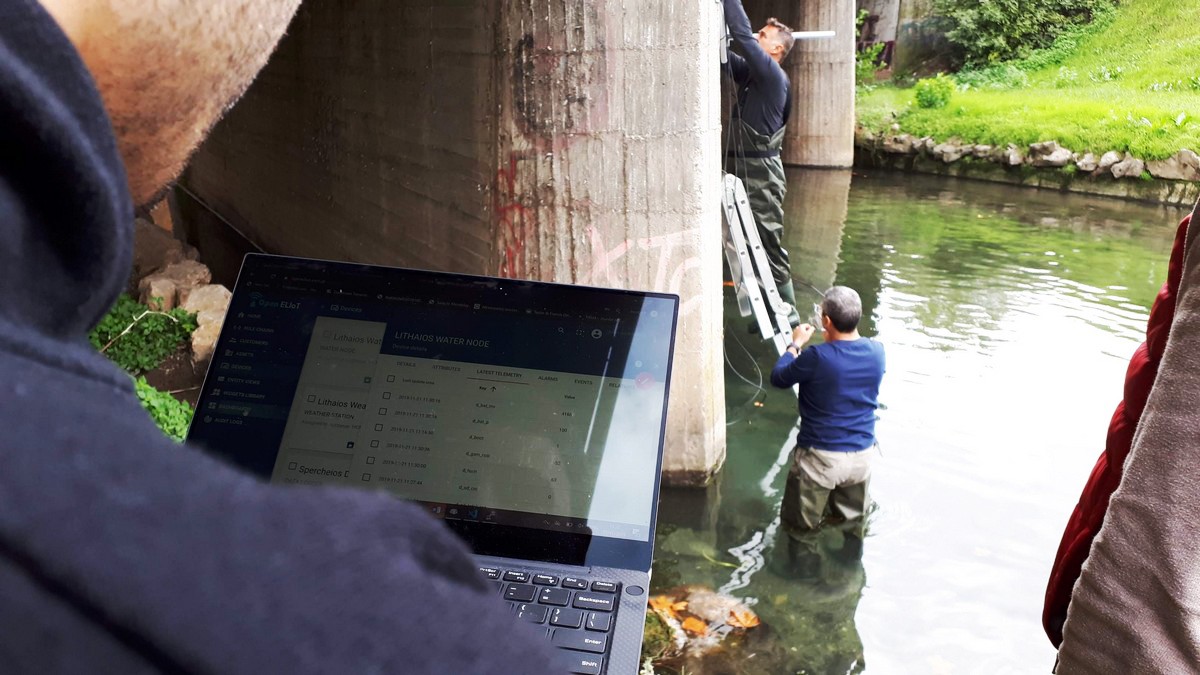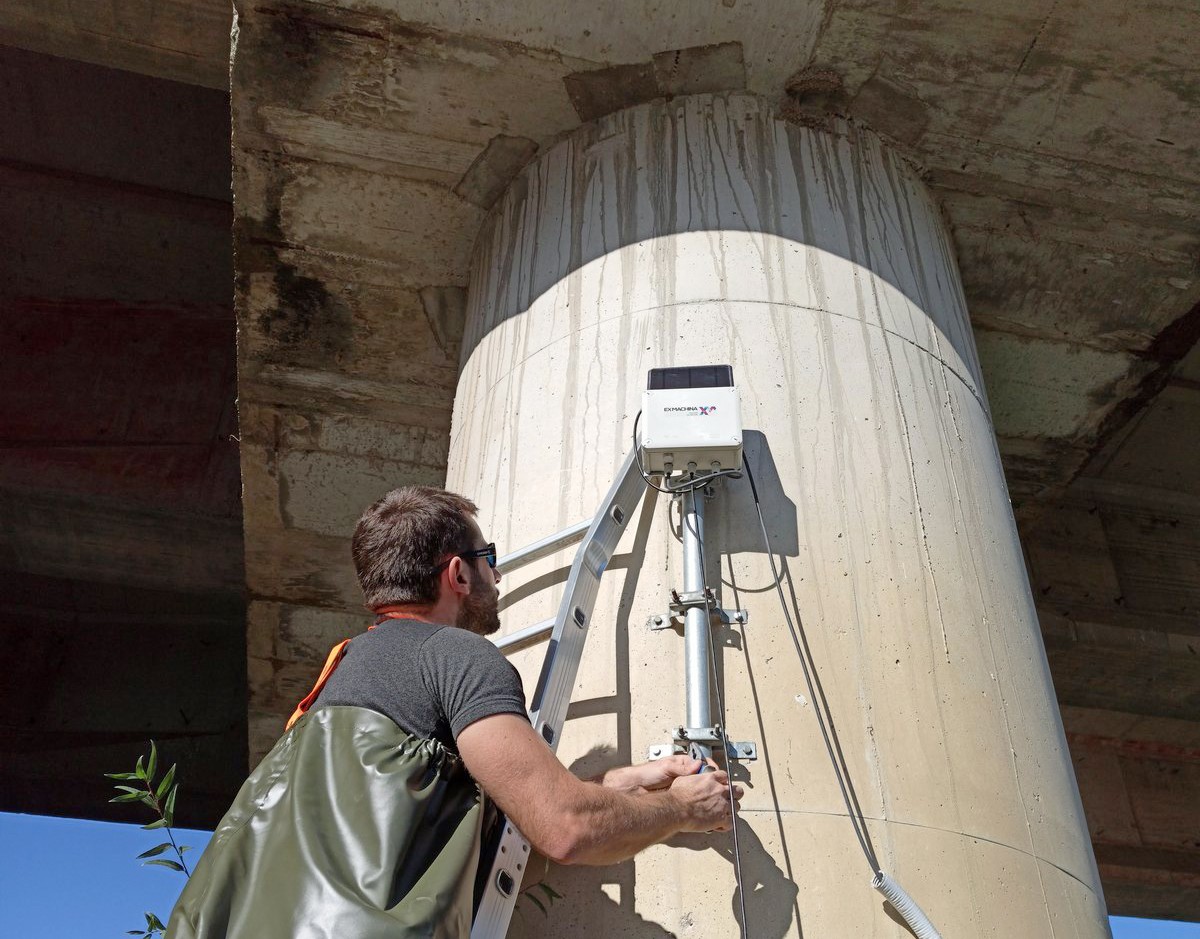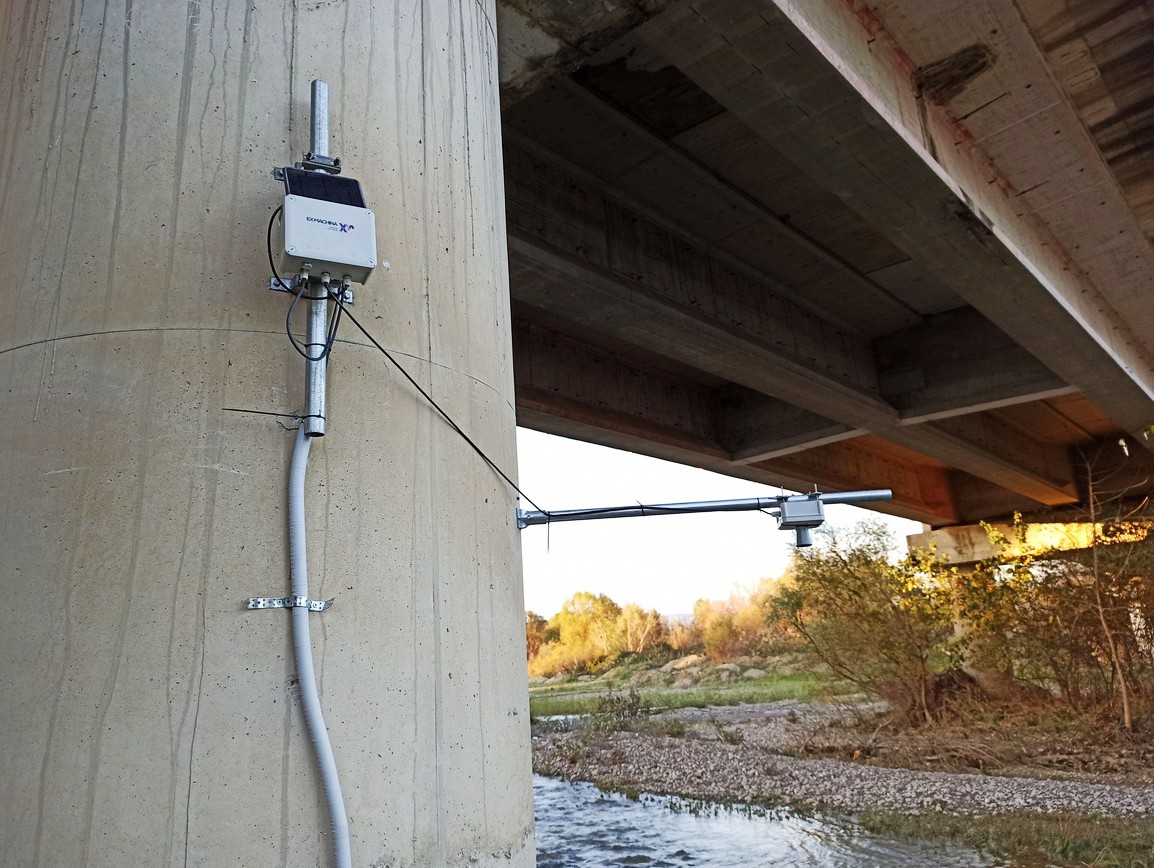The aim of the project is the implementation of an integrated and economically viable Internet of Things solution for monitoring and analyzing environmental parameters with regard to surface water. The solution extends from sensors (data acquisition) to the online data processing and analysis platform, which follows an “open” architecture / approach.
This research has been co‐financed by the European Union and Greek national funds through the Operational Program Competitiveness, Entrepreneurship and Innovation, under the call RESEARCH – CREATE – INNOVATE (project code:Τ1EDK-01613)
The specific objectives of the project are:
- The development and integration of appropriate ‘smart’ open hardware sensors for remote monitoring of environmental parameters. The main features of the sensors are low cost, energy autonomy, portability, ease of installation and maintenance, and their technological superiority in data management and transmission.
- The creation of an Internet of Things open source application, which is the web site for collecting, storing, processing, analyzing and displaying data. Based on open cloud technologies, it will be used as Platform-as-a-Service solution with scalable computing resources that can be customized to customer requirements to optimize economy and efficiency.
- The implementation of two pilot projects to confirm and highlight the added value of the infrastructure and service to be created.
- The creation of a community / ecosystem that can exploit and extend the use of the platform in areas where it is needed, beyond the project’s pilot and ensure the viability of the platform over time.
The project is expected to produce remarkable results both in social and economic terms.
The social dimension of the results is based on the use of open technologies and the production of open data. In the frame of the project, a digital infrastructure (platform) is being implemented, which draws data from sensors made of open hardware.
At the same time, a set of instructions on the assembly, placement and connection of the sensors to the platform, is being developed. The environmental data generated by this process shall be made available as open data to the general public, the scientific community and any other relevant body or organization. This approach strengthens the practices of crowdsourcing and citizens‘ science.
ADVANTAGES OF OPEN ELIOT
◊ INCREASE DATA DENSITY
The data density is very sparse, at national level it often does not exceed three times a year. The ‘smart’ open material sensors create a daily and steady data stream.
◊ LOW COST
The cost of the process is significantly lower compared to the main environmental monitoring technique in water bodies, on-site sampling, requiring the transfer of specialized personnel to the sampling points,…




